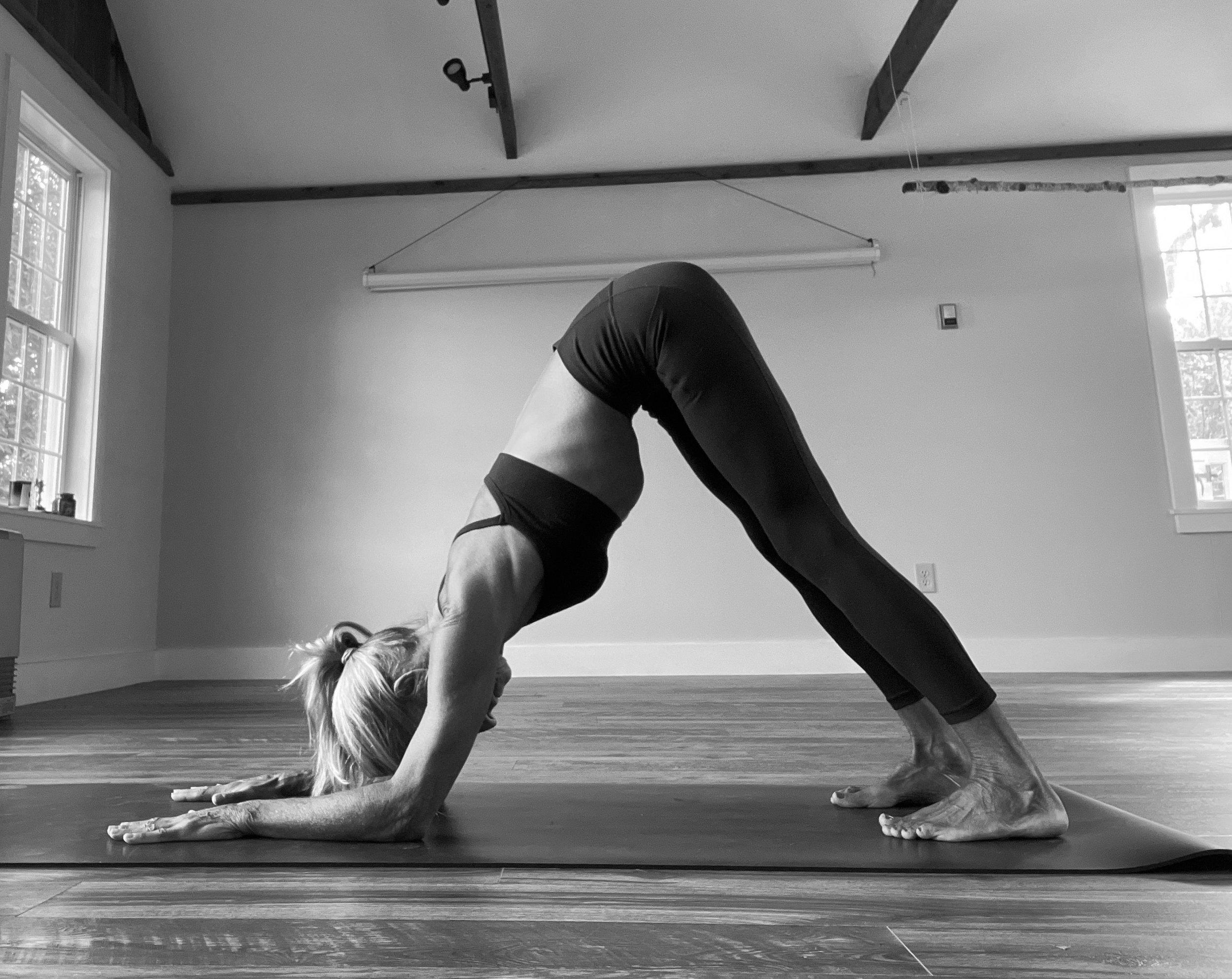VINYASA
The origins of Vinyasa yoga can be traced back to 200 B.C. when Patanjali began constructing his ashta-ang, or 8-limbed path that involves mental, physical, and spiritual conditioning. Vinyasa has evolved from Ashtanga yoga by a yogi named Sri Krishnamacharya. Krishnamacharya honored each moment with his students and his teaching began to expand beyond the physical practice. He started teaching his students that yoga is an act of balance and honor that is applied to every aspect of life. Vinyasa yoga cultivates awareness that links each action to the next one - one breath at a time. Krishnamacharya also addressed the students’ particular needs so he could create sequences that would help realign their mind, body, and spirit.
One quality that sets Vinyasa apart from other forms of yoga is taking what we learn from the physical practice and moving it beyond the mat. Vinyasa teaches us to identify changes in our bodies, minds, or spirits and to adjust one breath at a time. Vinyasa is a practice that encourages meditation as well as movement.
A beautiful flow happens when you adjust your breath to your movement. It allows you to open up the space within to enter into a trance-like state while practicing.



